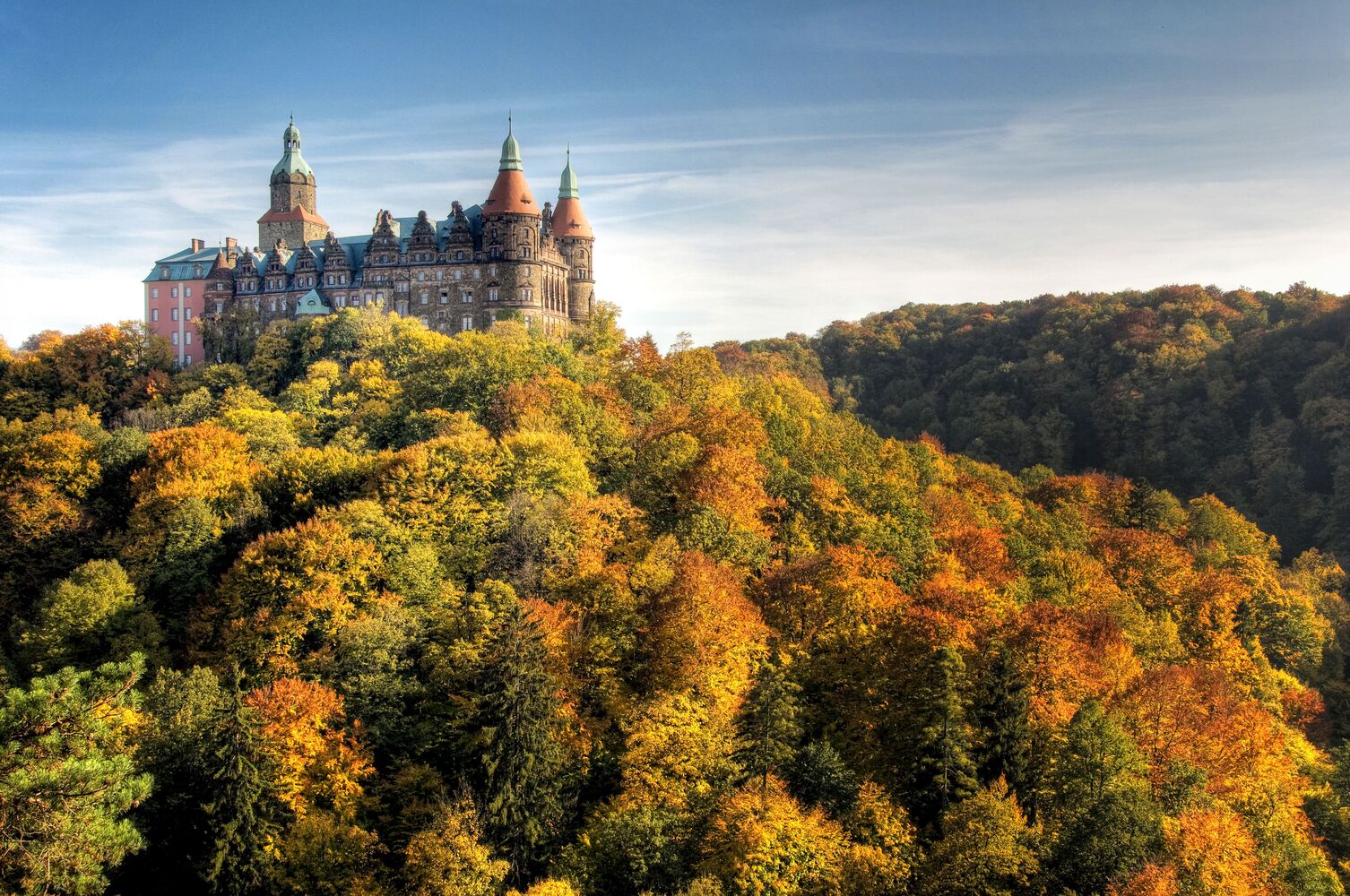Silesia is a historical region in Central Europe, known for its rich history, cultural diversity, and unique character. Most of the region lies within present-day Poland, with smaller areas in the Czech Republic and Germany. You may not know that Silesia has changed its state affiliation many times over the centuries, which has influenced its architecture, language, traditions, and even cuisine. Interesting facts about this region present it as a place where the influences of various cultures and peoples intertwine. Fascinating facts help explain why Silesia is such a distinctive area.
- The name Silesia comes from Mount Ślęża, which was considered a sacred site by ancient tribes. This place was a center of pagan worship long before the arrival of the Slavs. Today, the mountain remains a popular tourist and pilgrimage destination.
- Historically, Silesia was the scene of numerous wars and border changes. At various times, it was under the rule of Poland, Bohemia, Austria, Prussia, and Germany. Each era left its mark on the region’s architecture and culture.
- The largest city in Silesia is Wrocław, often called the capital of the region. This city has a rich history, with over a hundred bridges and islands on the Oder River. Wrocław’s architecture combines Gothic, Renaissance, and modern elements.
- Silesia is renowned for its industrial potential, especially in coal mining and metallurgy. Upper Silesia is one of the largest industrial areas in Europe. It is home to major enterprises that play a key role in Poland’s economy.
- The cultural life of the region is defined by a blend of Polish, German, and Czech traditions. This is reflected in local festivals, folklore, and traditional costumes. Residents preserve their identity and proudly call themselves Silesians.
- Silesia has its own regional language, sometimes referred to as the Silesian dialect of Polish. It contains many borrowings from German and Czech. Some activists are campaigning for official recognition of Silesian as a separate language.
- The region has a rich culinary heritage, combining Polish, German, and Czech influences. Traditional dishes include Silesian dumplings, sour rye soup, cabbage with meat, and popular Silesian sausages. The cuisine is known for its hearty nature and use of simple but nourishing ingredients.
- Silesia is famous for its numerous castles and palaces, many of which have been well preserved. One of the most famous is Książ Castle, the third largest in Poland. These architectural landmarks attract tourists from all over the world.
- An important natural asset of the region is its mineral waters and health resorts. Silesian spas have been known since the 19th century and attract visitors from various countries. The area offers both mountain and lowland health centers.
- Silesia is home to many national and landscape parks. The most famous include the Owl Mountains and the Silesian Beskids. The region’s nature draws visitors for hiking, cycling, and winter sports.
- The region’s industrial history has shaped a unique industrial landscape. Old mines and factories are often converted into museums or cultural spaces today. This preserves heritage while creating new tourist attractions.
- Silesia has a rich musical tradition, with brass bands playing a prominent role. They are especially popular in mining towns. Local music blends folk motifs with European classical influences.
- Brewing has a long-standing tradition in the region. Local breweries produce drinks with a distinctive taste that reflects regional character. Beer is often served at local festivals and fairs.
- The University of Silesia in Katowice is one of the most important educational institutions in the region. It plays a key role in the development of science, education, and culture in Silesia. Students from all over Poland and many other countries study here.
- Theatre holds an important place in the culture and arts of the region. Well-known theatre stages operate in Katowice and Opole, offering performances in both Polish and Silesian. Theatres actively support contemporary playwrights and directors.
- Silesia is an important transportation hub, with international highways and railways running through it. Its proximity to the German and Czech borders makes it strategically significant for trade and logistics. This contributes to the growth of business and tourism.
- The region is also known for its football culture. Clubs from Katowice, Chorzów, and other cities have devoted supporters and a rich sporting history. Local derbies draw thousands of spectators and create a true celebration of sport.
Silesia is a region that combines centuries-old history, cultural heritage, and modern development. Interesting facts about it show how diverse and multifaceted a single area can be. Incredible facts about Silesia inspire exploration of its cities, nature, traditions, and cuisine. Fascinating facts about this region prove that it deserves attention and the discovery of new chapters in its unique history.





